PPF and PPFD - the most important parameters of your lighting

PPF – Photosynthetic Photon Flux – is the total number of photons that is emitted from a light source. In other words, PPF determines how much photosynthetic active radiation is generated by the luminaire per second. The result of the PPF parameter is expressed in umol / s.
PPFD – Photosynthetic Photon Flux Density – this is the number of photosynthetic photons that fall on a given surface every second. Colloquially, we can define this as the amount of light that actually reaches the plant. PPFD is a site specific measurement and is measured in micromoles per square meter per second – umol / m2 / s. This parameter should always be supplemented by the distance between the surface and the light source and the location, and whether it is an average value for a given area. Without knowing this information, no meaningful comparison of the PPFD values is possible.
See also!
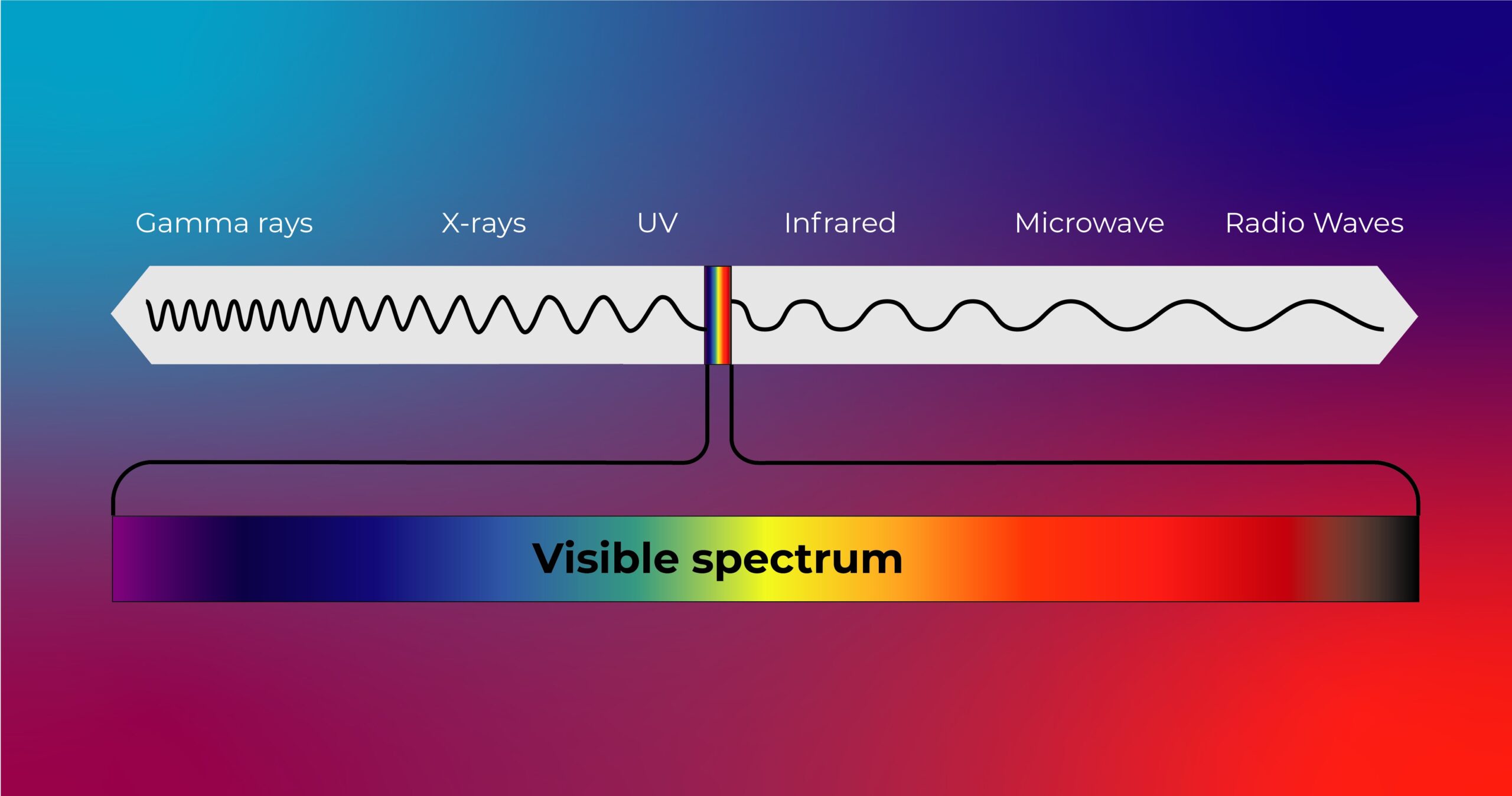
Optical radiation and the light spectrum
Light as visible radiation, its division and influence on the plant.
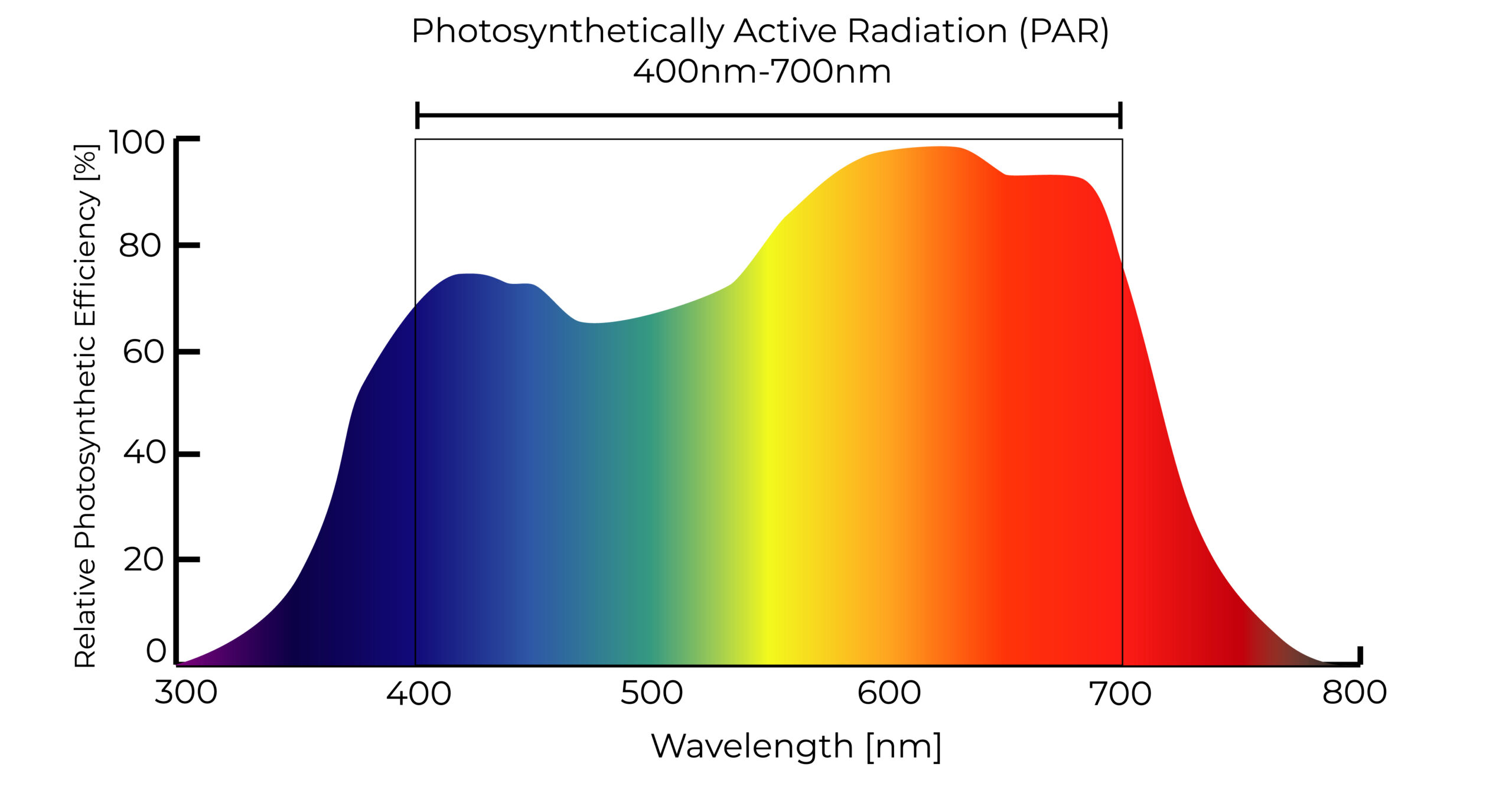
Why is light so important to plants?
What is necessary for the proper functioning of plants? Is all light good?
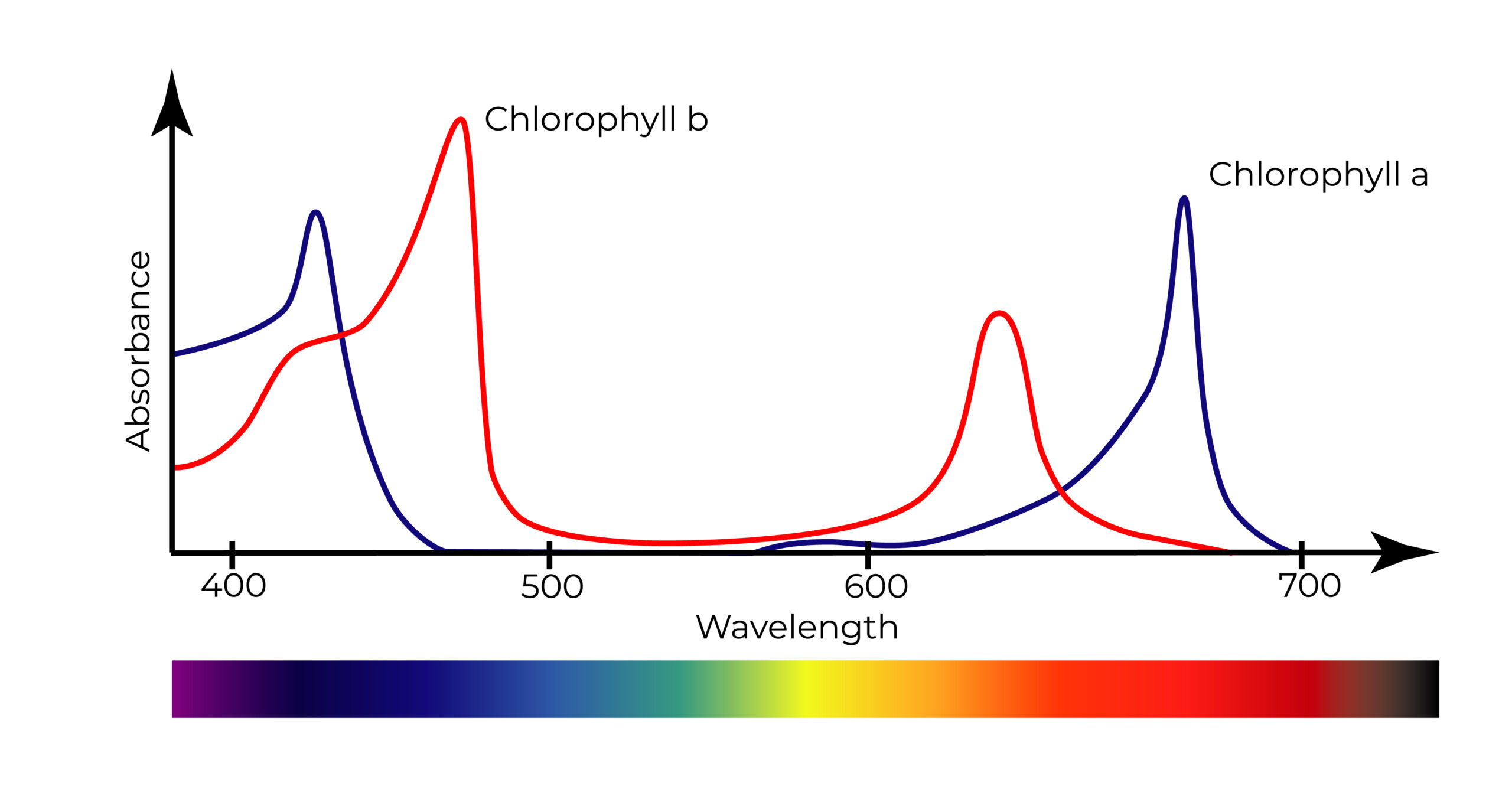
Chlorophylls and their absorption spectrum
Why are the leaves green? Color perception and how it relates to light absorption.
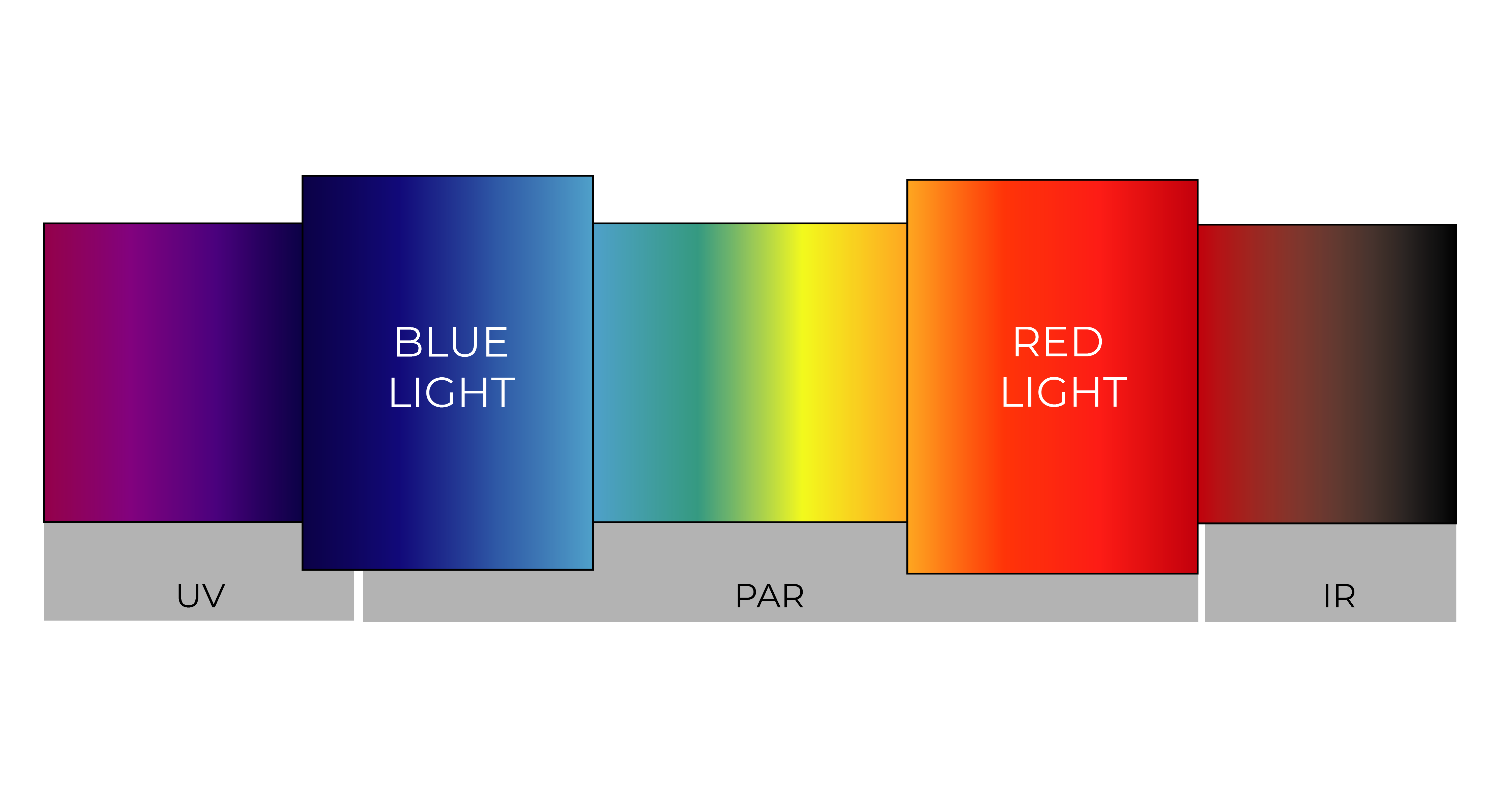
Supplementation of red and blue light
Red and blue are the colors most absorbed by plants to support photosynthesis.
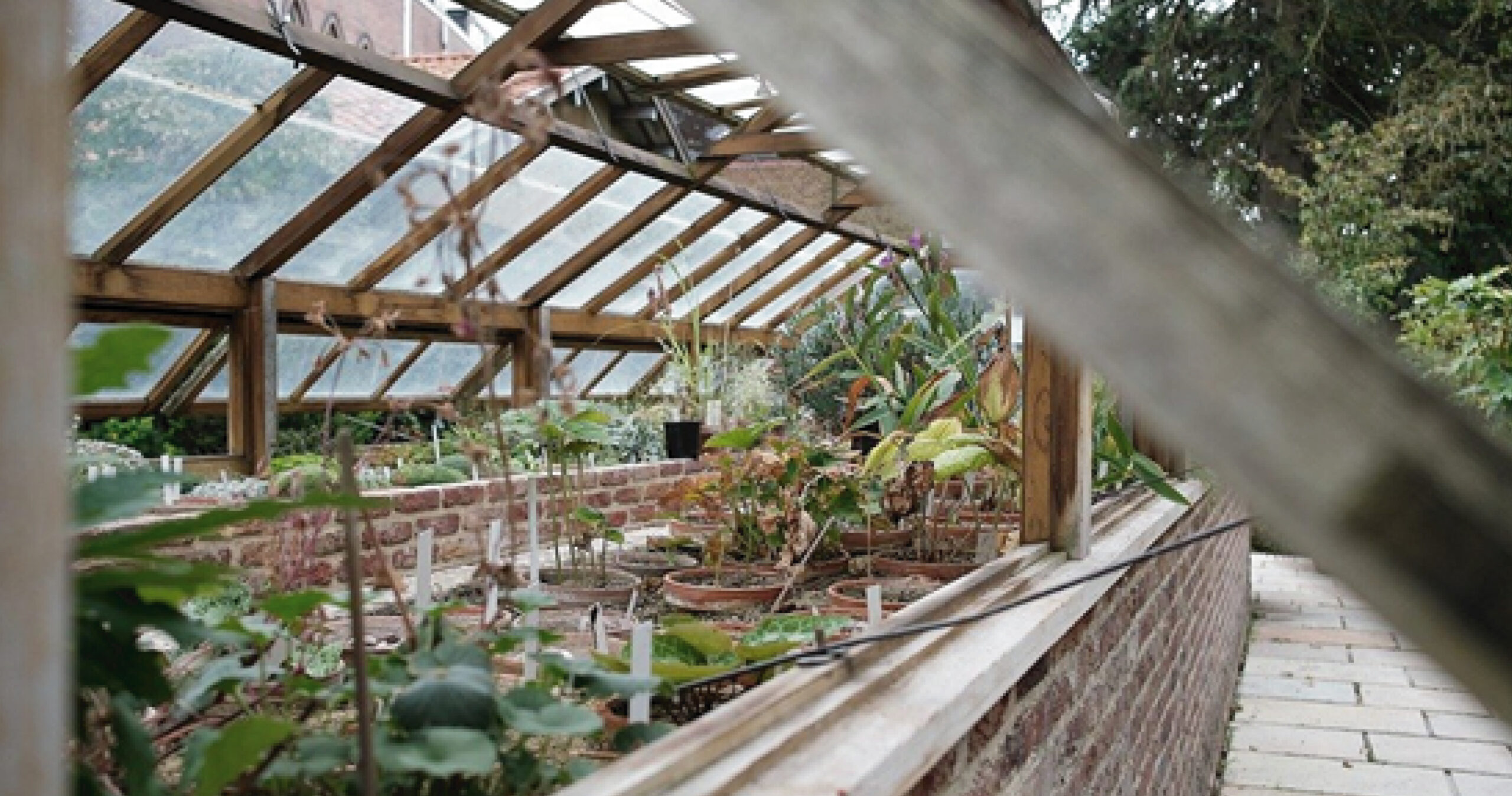
Light supplementation in the greenhouse.
How to illuminate crops when they already have access to daylight.
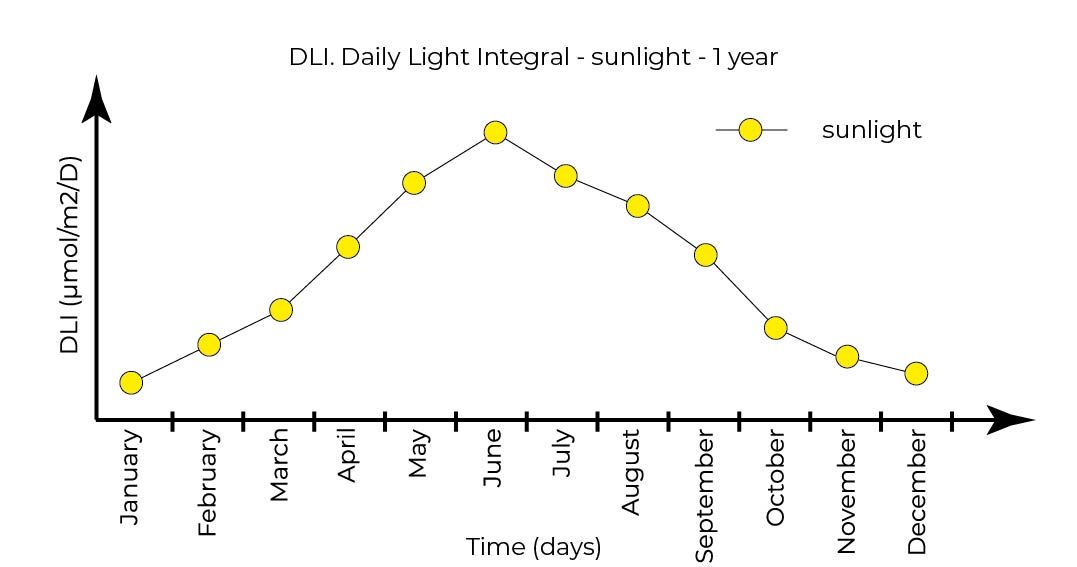
DLI - Daily Light Integral
An indicator showing the daily amount of light supplied to plants during the year.
